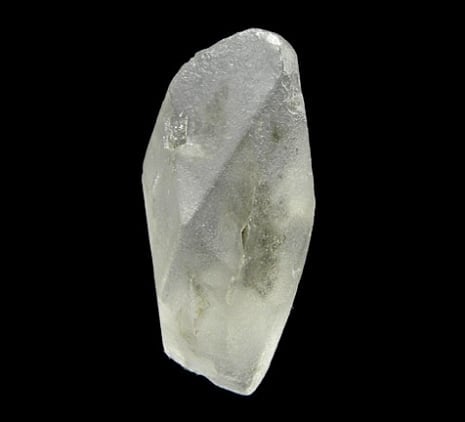Gaylussite Value, Price, and Jewelry Information
This mineral is very hard to cut because of extreme softness and cleavage. Gaylussite dries out slowly in air and the surfaces may turn white. Stones in collections are therefore best stored in sealed containers to prevent dehydration. Gaylussite is seen only in very comprehensive collections, and relatively few stones have been cut. Transparent crystals are not terribly rare, but faceted gems are relatively uninteresting.
This mineral is very hard to cut because of extreme softness and cleavage. Gaylussite dries out slowly in air and the surfaces may turn white. Stones in collections are therefore best stored in sealed containers to prevent dehydration. Gaylussite is seen only in very comprehensive collections, and relatively few stones have been cut. Transparent crystals are not terribly rare, but faceted gems are relatively uninteresting.
Start an IGS Membership today
for full access to our price guide (updated monthly).Gaylussite Value
Optics: a = 1.445;β= 1.516; γ= 1.522.
Biaxial (-), 2V = 34°
Occurrence: In alkaline lakes or evaporite deposits rich in borax.
California: Searles Lake, Owens Lake, China Lake. Borax Lake.
Wyoming; Nevada.
Mongolia, China.
Venezuela: in clay beds.
Kenya: in transparent crystals, from Lake Amboseli.
Comments: This mineral is very hard to cut because of extreme softness and cleavage. Gaylussite dries out slowly in air and the surfaces may turn white. Stones in collections are therefore best stored in sealed containers to prevent dehydration. Gaylussite is seen only in very comprehensive collections, and relatively few stones have been cut. Transparent crystals are not terribly rare, but faceted gems are relatively uninteresting.
Name: After the eminent French chemist, Professor L. J. Gay-Lussac.
Joel E. Arem, Ph.D., FGA
Dr. Joel E. Arem has more than 60 years of experience in the world of gems and minerals. After obtaining his Ph.D. in Mineralogy from Harvard University, he has published numerous books that are still among the most widely used references and guidebooks on crystals, gems and minerals in the world.
Co-founder and President of numerous organizations, Dr. Arem has enjoyed a lifelong career in mineralogy and gemology. He has been a Smithsonian scientist and Curator, a consultant to many well-known companies and institutions, and a prolific author and speaker. Although his main activities have been as a gem cutter and dealer, his focus has always been education. joelarem.com
Related Articles
Black Diamond Value, Price, and Jewelry Information
Chameleon Diamond Value, Price, and Jewelry Information
Gray Diamond Value, Price, and Jewelry Information
Green Diamond Value, Price, and Jewelry Information
Latest Articles
Opal Buying Guide
Amethyst Sources Around the World: The Geological Story Behind These Purple Gemstones
Brazilianite Value, Price, and Jewelry Information
Ruby-Glass Composites vs Leaded Glass Clarity Enhancements
Never Stop Learning
When you join the IGS community, you get trusted diamond & gemstone information when you need it.
Get Gemology Insights
Get started with the International Gem Society’s free guide to gemstone identification. Join our weekly newsletter & get a free copy of the Gem ID Checklist!
